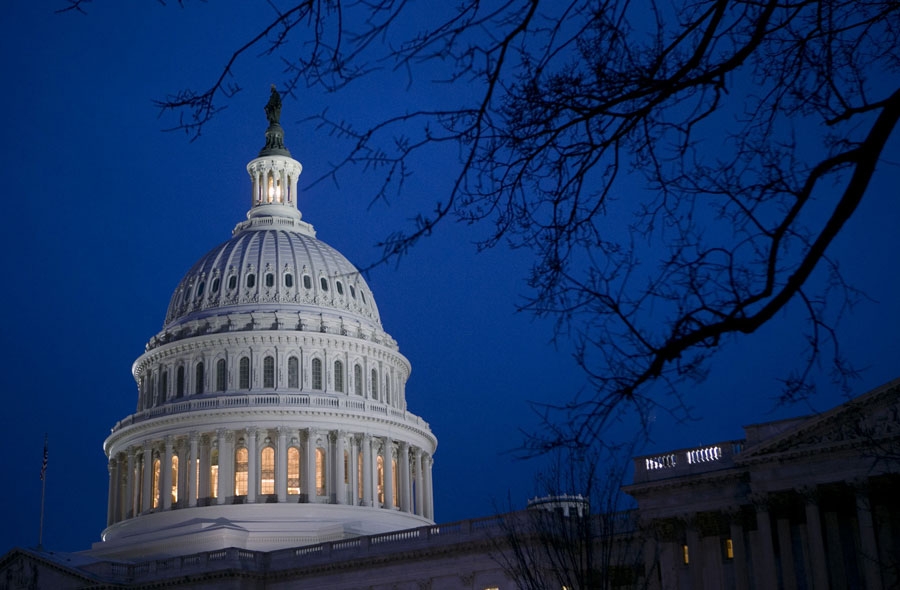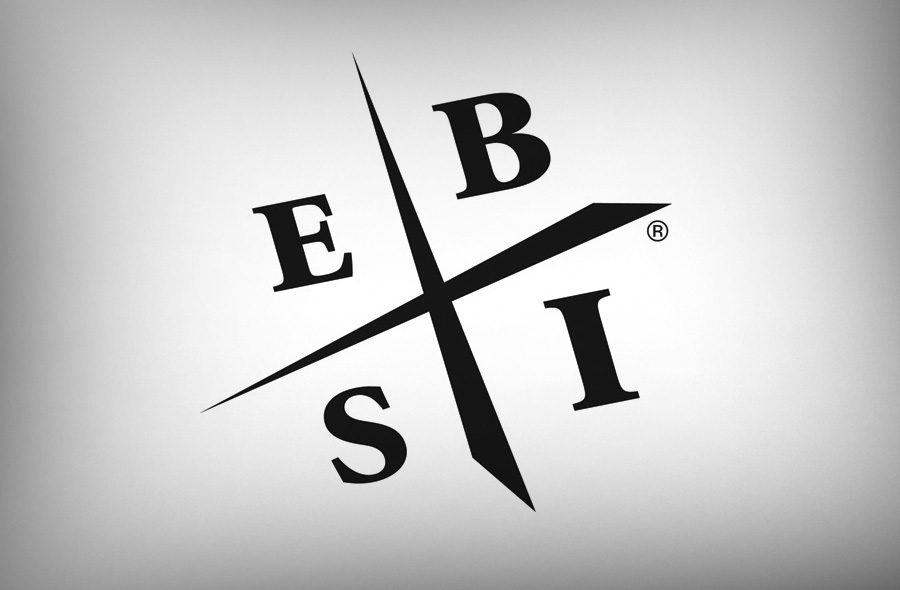
When it comes to politics, I do my best to take a neutral position, being more of an independent voter.
That said, when I woke up the morning after the last Presidential election I felt sick. To me, the election was a statement on the economic condition of the American people. Simply said: Americans are becoming poorer. And, while I feel for them, I know taxing the rich will not improve their lives.
The GOP was pathetic. It was an election lost more than a win for the Democrats. The President out-maneuvered, out-schmoozed and out-classed Mitt Romney. It amazed me to see Mitt Romney apologize for his comments on the 47 percent of
Americans who do not pay taxes. I realize that a percentage of the 47 percent do not pay taxes, legitimately, yet many could. While Romney was apologizing for his secretly taped comments, the President was pounding on the rich, the one percent, for not paying enough taxes. Nearly one half of all Americans pay nothing in taxes … and Obama pounds on the one percent. No wonder he won.
I’m in good company, I suspect, in anticipating that in 2013 the rich will pay more taxes, the national debt will go up by trillions, the fiscal cliff will continue to loom on the horizon, Social Security and Medicare will move closer to going bust, the poor and middle class will be screwed, and your kids will pay the bill.
That one percent of Americans will pay higher taxes, but not much. The rich have the resources to hire the best and brightest tax accountants and attorneys. The poor and middle class do not.
Before going further, let me better define who will pay more taxes. When I was a kid, barely a teenager, my rich dad drew the following diagram:

My rich dad named this diagram the CASHFLOW quadrant, and I’ve dedicated an entire book to explaining the quadrant and how it defines the different people in the world of business. For example, E stands for employee. Many CEOs such as Tim Cook of Apple are in this category. The S quadrant stands for self-employed, small business, stars (both movie and sports) and specialists like doctors and lawyers. On the right side of the quadrant, B stands for big business owners. Steve Jobs would fall in this category. And, lastly, the I quadrant stands for investor. While many people invest – in IRAs or 401(k)s, for example, the I quadrant is not about them. They are passive investors. The I quadrant represents professional, active investors. Warren Buffett is in this category. That is why Warren says the government should raise taxes on the rich – the rich (high-salaried employees) in the E and S quadrants, not him. The tax laws for active investors are different from those that apply to passive investors.
Simply said, the new Obama taxes will affect those in the B– and I– quadrants a little, but it will affect the rich in the E and S quadrants a lot.
In previous issues of Jetset magazine, my comments on taxes have always been supported by Tom Wheelwright, a CPA and my personal tax advisor. As you know, not all accountants and attorneys are equal. Some are smarter than others. Tom is the best I have met. Not only has his advice saved me money on taxes, he has made me millions by guiding my business decisions before I make my decisions. And, most importantly, he has defended our decisions when the IRS came calling, and won. You’ll see a piece from Tom included in this issue’s article.
Here is a list of the steps I plan to follow, as an entrepreneur in the B and I quadrants, to make more money and pay less in taxes, legally.
- I will listen to Tom more closely. Very few people have read the tax code or the changes Obamacare will bring … including, I suspect, most of our Senators and Congressmen. Nancy Pelosi is reported to have said, “I will read it [Obamacare] after it is passed.”
- I will focus on growing my business more, spending money on new products, technology, and people. The best thing entrepreneurs can do is reinvest the profits within the business, rather than pull money out as taxable income. A business owner in the B quadrant has many different options, many more than those in the E quadrant.
- Most of the money I do pull out will be reinvested into the I quadrant. My investments of choice are other businesses that I am a partner in, real estate (using the 1:5 leverage of tax-free debt), and oil and gas partnerships (with a 30 percent tax break and a 15 percent tax break on cash flow from production). For example, if I invest $100,000 in an oil and gas partnership, I receive $30,000 in reduced taxes, immediately. That is a 30 percent return in year one. If and when cash comes flowing in from oil and gas sales, I will receive a 15 percent tax reduction on the income, which means I pay taxes on only 85 percent of the income. If I receive a pay raise in the E quadrant, I will pay higher taxes on 100 percent of my raise, my income.

